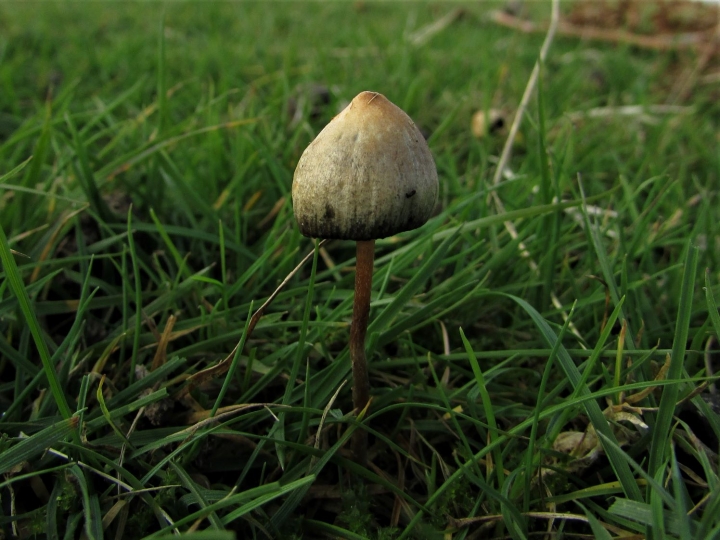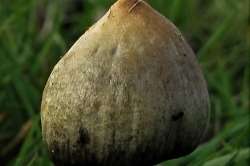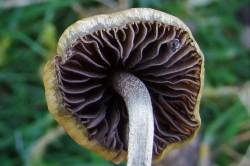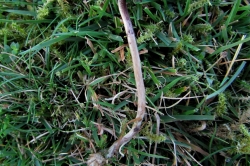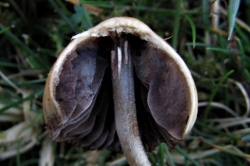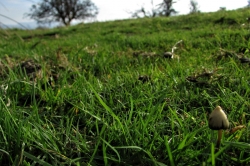Liberty Cap
This common Autumn mushroom has been illegal to pick, prepare, eat or sell since 2005 as they are now considered a class A drug. Liberty Caps contain the active ingredients psilocybin and psilocin, which can cause hallucinations and in some cases, nausea or vomiting.
click here to buy liberty cap in the uk
| Mushroom Type | |
| Common Names | Liberty Cap (EN), Magic Mushroom (US), Shroom (US), Cap Hud (CY), Łysiczka Lancetowata (PL), Hegyes Badargomba (HU) |
| Scientific Name | Psilocybe semilanceata |
| Season Start | Sep |
| Season End | Dec |
| Average Mushroom height (CM) | 5 |
| Average Cap width (CM) | 1 |
Cap
The liberty cap can vary in shape, size and color. When young it is translucent brown and will stay brown if the weather is wet, if the cap dries it becomes buff/white/grey/silver but almost always has a darker to black bottom edge. The liberty cap has a ‘nipple’ which can be quite pronounced or barely present and the bottom edge always tucks under. When fresh, the liberty cap has a translucent covering that, if you are very careful, can be peeled away.
Gills
The gills start light grey/black, are mottled and have a lighter edge but become very dark purple/black as the spores are released.
Stem
The stem is off white, slightly shaggy on close inspection, can have a blueish base with mycelium still joined. The stem usually curves and bends and is rarely straight.
Habitat
More common in fields, moors and grassland where animals are grazed but can be found in lawns and in parks.
Possible Confusion
Some of the Mottlegills from the genus Panaeolus can look similar but none have both a pronounced umbo and a bent and curving stem. Some of the grassland bonnets (Mycena sp.) might look similar with age too, however their striated cap might be a relatively easy giveaway.
Spore Print
Dark purple. Ellipsoid.
Frequency
Common.
Other Facts
Magic Mushrooms are currently treated the same as heroin or LSD and are class A drugs but very recently (Oct 2021) the government was looking to change this due to the apparent benefits from treating certain illnesses with psilocybin and psilocin, the active components of Magic Mushrooms. These include chronic depression and PTSD. The research is ongoing but they do seem to be proving useful in the medical field.
